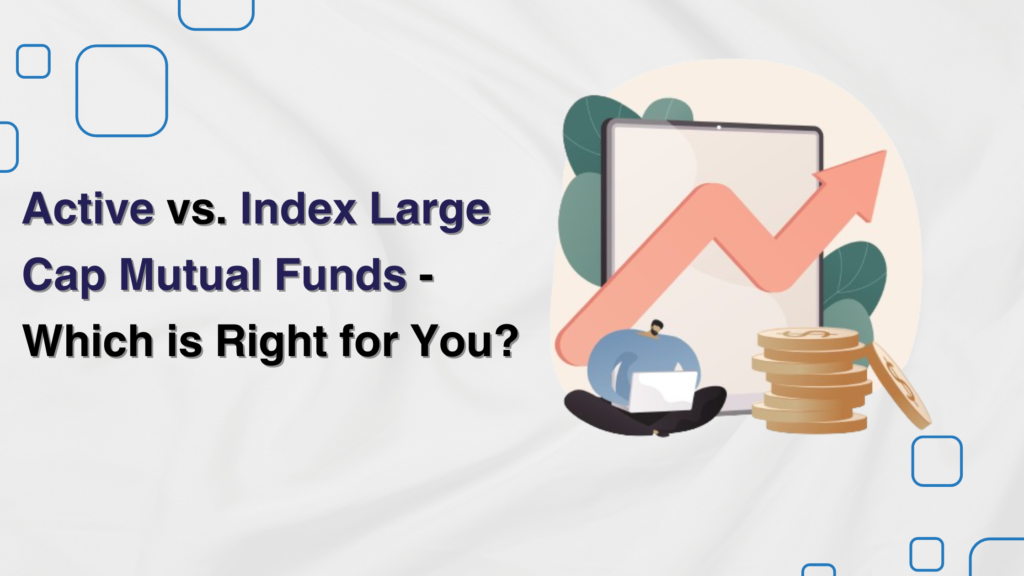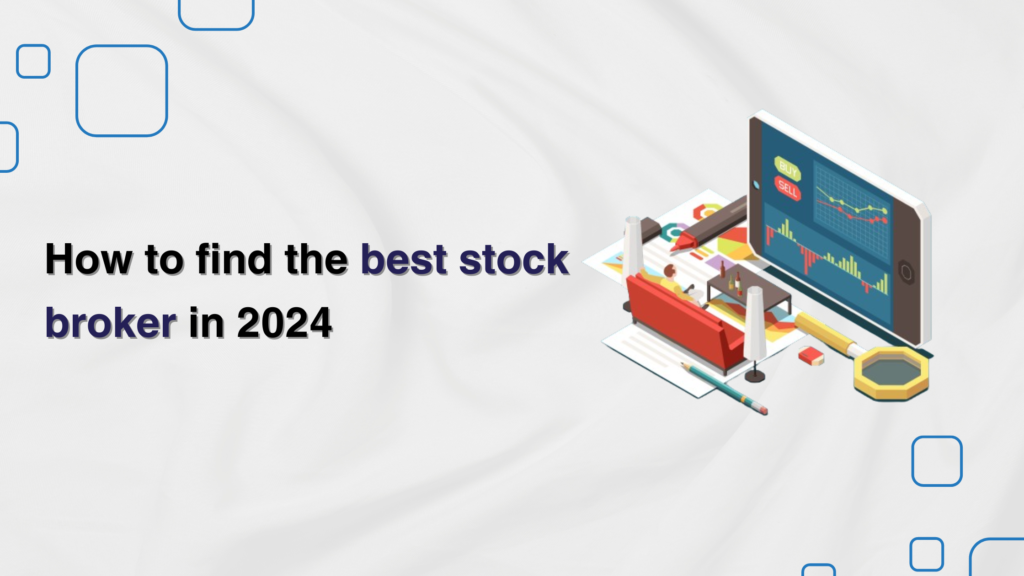
Introduction
Large-cap mutual funds are popular investment options known for stability and potential returns.
However, investors often face a dilemma when choosing between active and index funds within this category.
Active funds are managed by professionals aiming to outperform the market through selective stock picking, while index funds passively track market indexes.
This decision requires careful consideration of factors such as potential returns, fees, and individual investment goals.
Let’s Understand this briefly-
In this blog, we will discuss-
Understanding Active and Index Large Cap Mutual Funds
Definition of Active Funds
Actively managed funds are managed by skilled fund managers who aim to outperform the market by hand-picking stocks.
These managers use significant study and analysis to identify potential investment possibilities.
They use their knowledge to capitalize on market trends and corporate success, looking out for assets with the potential to outperform.
Through attentive monitoring and intelligent decision-making, these fund managers actively alter the fund’s holdings to maximize returns and reduce risks for investors.
Definition of Index Funds
Index funds are investment funds that aim to replicate the performance of a specific market index, such as the Nifty 50 or the S&P BSE Sensex.
Index funds, compared to actively managed funds, do not rely on fund managers to select stocks. Instead, they invest in the same stocks as the index they follow, in similar quantities.
This passive strategy allows index funds to keep expenses low because they do not require considerable research or active management.
Investors in index funds essentially have a diversified portfolio that reflects the overall performance of the selected market index.

Pros and Cons of Active Large Cap Mutual Funds
Pros
Potential for higher returns: Active funds may outperform the market due to skilled fund management.
Flexibility: Fund managers can adjust their portfolios based on market conditions, potentially capitalizing on new opportunities.
Cons
Higher fees: Actively managed funds typically have higher expense ratios due to research and management costs.
Manager risk: Performance depends on the fund manager’s skill, which may vary over time and create inconsistency.
Pros and Cons of Index Large Cap Mutual Funds
Pros
Lower fees: Index funds have lower expense ratios as they don’t require active management.
Diversification: By mirroring a market index, they provide broad market exposure while reducing individual stock risk.
Cons
Limited potential for outperformance: Index funds aim to match the market’s performance, so they may underperform during periods of strong market growth.
Lack of flexibility: They are bound to the components of the index they monitor and cannot stray from them.
Factors to Consider When Choosing Between Active and Index Large Cap Mutual Funds
Investment Goals
Decide whether you prefer to outperform the market or achieve market-like returns at lower costs.
Risk Tolerance
Compare your comfort level with the potential greater returns and fees associated with active funds to the stability of index funds.
Time Horizon
Examine your investing horizon and choose between a long-term strategy with index funds and potentially higher, although more volatile, returns with active funds.
Performance History
Review the performance history and consistency of both types of funds to determine their suitability for your investment goals.

Case Study
Let’s consider an index fund following the Nifty 50, which usually comes with a lower expense ratio ranging from 0 to 2%.
Because index funds stick to copying the index’s performance without much decision-making, they cost less for investors.
Now, think about a large-cap mutual fund managed actively by a fund manager.
These funds often carry a higher expense ratio, which can climb up to 2.5% or more.
This higher fee is due to the manager’s work in making decisions and changes in the fund to beat the market.
The fee is deducted from the expense ratio, affecting the overall profits for investors in the large-cap fund.
Conclusion
In conclusion, deciding between active and index large-cap mutual funds needs careful thought.
While active funds might promise higher returns and flexibility in managing investments, they often come with higher costs and rely on the expertise of fund managers.
On the flip side, index funds offer lower fees, diversification, and stability by following the market’s performance, but they may not deliver exceptional returns.
To make the right choice, investors should match their investment goals, risk tolerance, and time horizon with the fund type that fits best.
Doing thorough research and seeking advice from expert brokers can help in making informed investment decisions.

